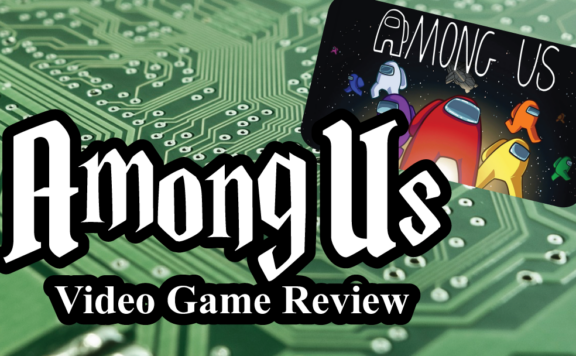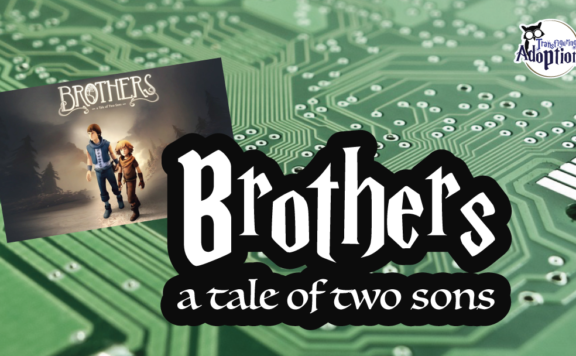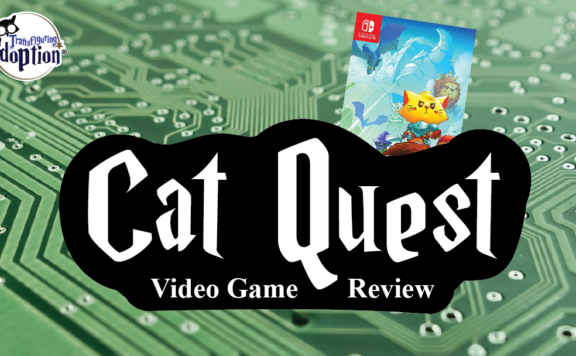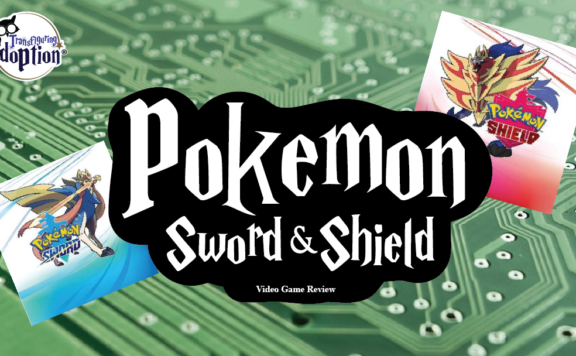Transfiguring Adoption’s Overview:
The target audience appears to be children age 8 and up due to the complexity of game play. It also appears this game would be best for any family looking for a fun game for their child to play solo or to play with a parent or sibling. This game is like many Sonic platform installments with fun, colorful characters and interestingly-themed levels. This game is great for older fans of the Sonic franchise and for new fans looking to play a game after the new blockbuster film.
While there are no direct connections to foster or adoptive care there are a few themes that children with trauma could relate to especially when considering the struggles Wisps endure while captured and abused by Dr. Eggman.
** Spoilers Could Be Ahead **
How Is This Relevant To Adoption & Foster Care?
Sonic and Tails are pulled into a new adventure following Dr. Eggman’s announcement that he has opened a resort park and has fully forsaken his evil schemes. Since Sonic and Tails don’t trust this promise of peace they arrive at Interstellar Amusement Park to investigate. Upon arrival they discover that Dr. Eggman has enslaved the Wisps, and alien race that have various effects on Sonic’s abilities. The basic gameplay mirrors that of traditional Sonic games in that there are different levels split between planets connected to the Interstellar Amusement Park network and faces off with a main boss at the end of the planet’s arc. Most of the main levels involve Sonic speed-running through levels to get the best time and highest point number on each level possible with ratings available after. Meeting new Wisps open up different areas on levels so these levels can be played through several times to achieve different goals. While the plot is void of direct foster or adoptive care themes there can be a lot of discussions around how Dr. Eggman treats his minions as well as Wisps that can be applied to the subject of trauma. For this reason this game can be a fun conversation starter and connection point.
Additionally, there is no risk of cyberbullying in this game as there are no remote connections or chat functions. However, caregivers should be aware that there are microtransactions that can take place for character skins and other additional content so caregivers should be advised to ensure a child cannot make unauthorized purchases.
Discussion Points:
- Bullying
Throughout this game Dr. Eggman is his usual grumpy self. In addition to his evil plotting and enslavement of Wisps he’s also a complete jerk to his robot minions. Dr. Eggman frequently verbally abuses his hench-bots, Orbot and Cubot. Children who have been through trauma may relate to Orbot and Cubot due to past experiences with being picked, on even by people they consider friends, and may need additional support in identifying unfair relationships and responding to negative treatment as they may have missed social learning experiences due to disruptions in development from movies between homes and caregivers.
- Treating Others As You Want to Be Treated
Dr. Eggman appears to have turned over a new leaf, but sadly this is at the cost of the independence and livelihood of the Wisps. Dr. Eggman uses the Wisps unfairly and is abusive in his interactions with them and in how he uses their abilities without consent for personal gain. Sonic appears to get along better with these Wisps as he treats them well and consents before using their powers so they act more as a team than as a slave to a master as Dr. Eggman’s dynamic presents. With this dynamic a discussion can be provoked with children playing the game about treating others as we wish to be treated and how the fair give-and-take of fair relationships can yield stronger, healthier bonds.
Cautionary Points:
- Fantasy Violence
This game is fairly low in violence triggers but does feature Sonic attacking robots, robots with weapons such as swords and laser guns, and Dr. Eggman slapping around his henchmen. There are also fantasy stunts like jumping between vines, characters getting shocked or mildly electrocuted, and jumping through space that are not achievable in real life and should be easy to distinguish between reality and fantasy. However, sometimes children with trauma may struggle to differentiate between fun excitement and panic that leads to “fight or flight” responses from their limbic system due to this system being overused in times of chronic stress or trauma. This can lead to self-sabotaging behavior even under positive circumstances. For this reason caregivers should be on the lookout for when a child’s body is responding to a potential trigger to the gameplay even if they aren’t realizing this is happening. A caregiver can be proactive by suggesting breaks in gameplay especially if the child is growing overly excited.
- Comic Mischief
The game overall is pretty tame but does feature a few sequences a caregiver may not want their child to mimic. This includes Sonic taunting Dr. Eggman by slapping his behind and some self-aware jokes made between Orbot and Cubot about how morbid it is to pick up dead robot parts.
About the Reviewer: Rachael Rathe
Rachael B. Rathe is an East Tennessee native with a Bachelor of Arts Degree in Psychology with a Minor in Child & Family Studies from The University of Tennessee Knoxville. She has worked in mental health since 2013 and in foster care/adoptions for a private provider agency since 2014. Rachael was inspired to work in the field after working with children and teens on a volunteer basis 2008 – 2013. Rachael’s ideal self-care day involves snuggling on a couch with her kitties (Tabitha, Fergus, and Rufus) while enjoying a good movie or book. She also enjoys galavanting around conventions concerning all things nerd and geekery.






